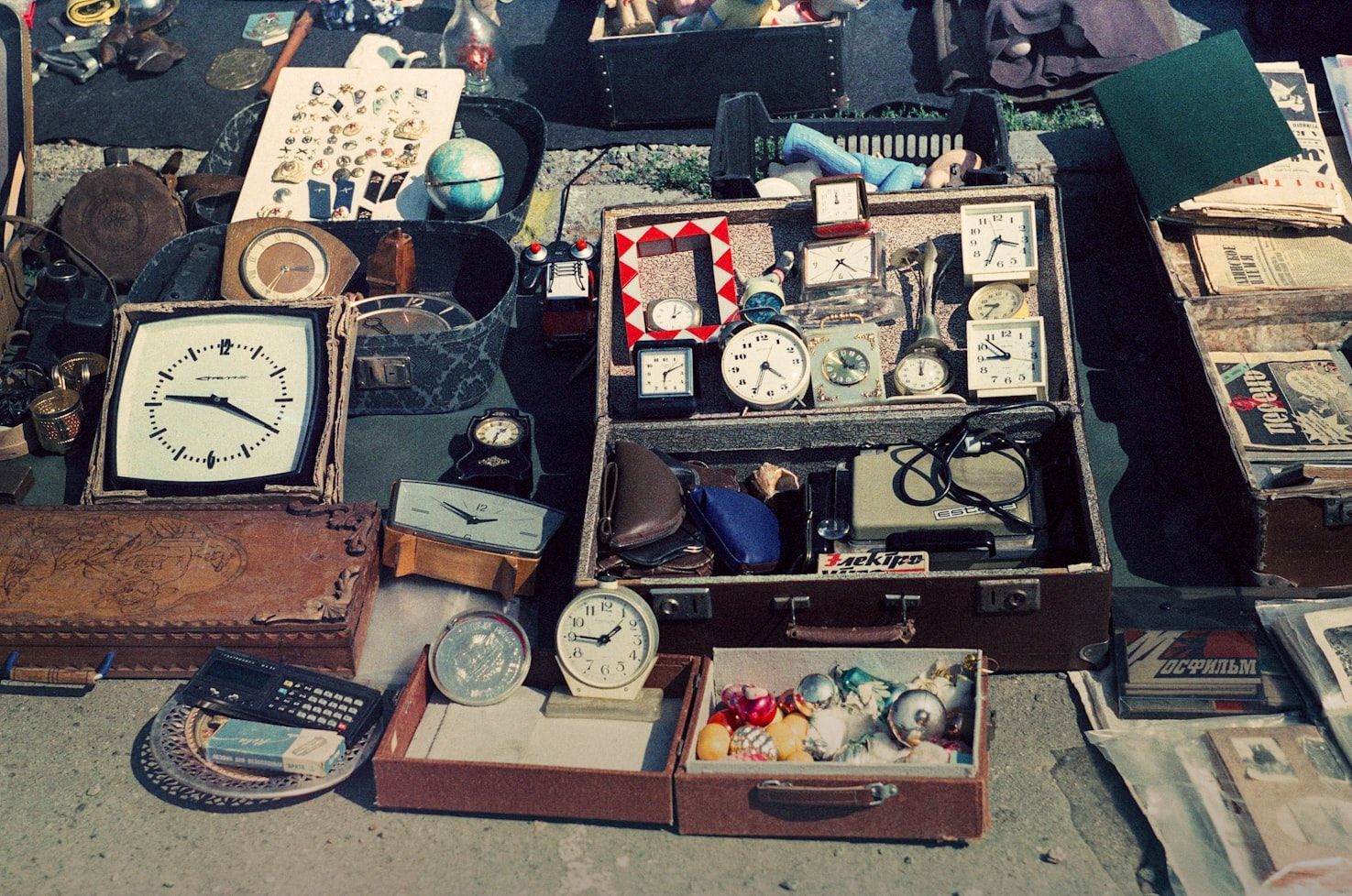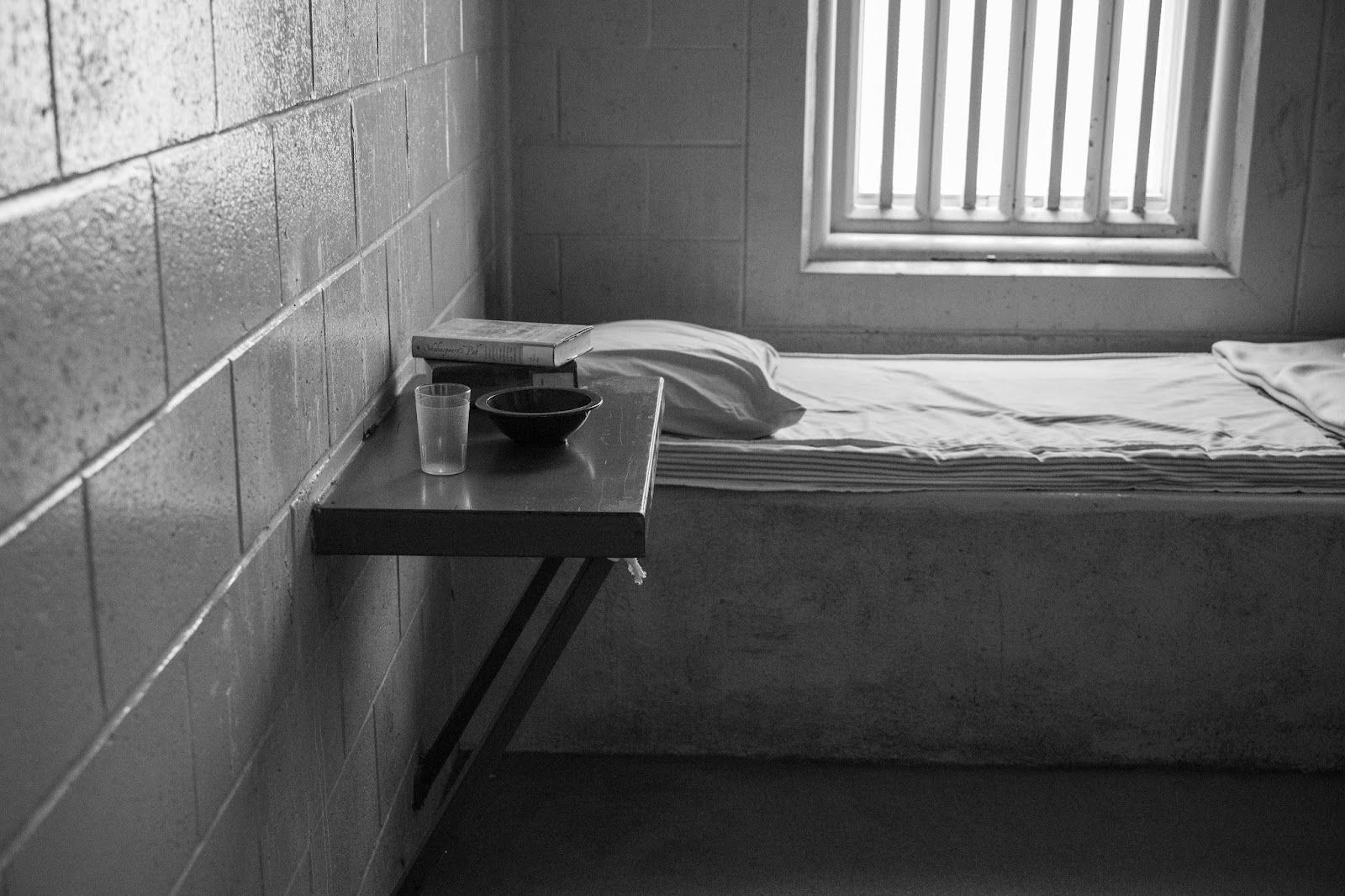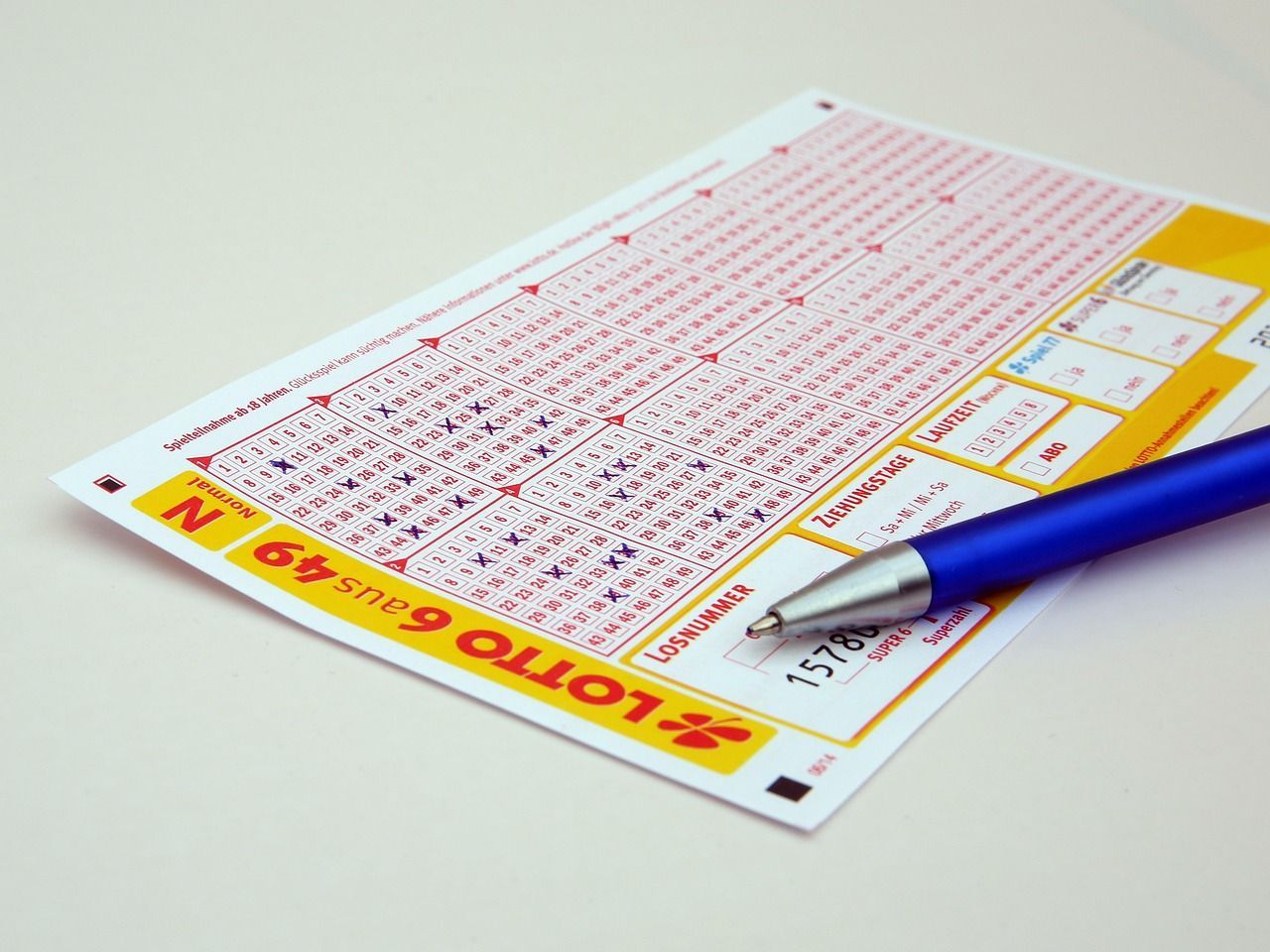Red flags
10 signs your home might be in need of urgent maintenance
Published on November 13, 2025
 Credit: Roselyn Tirado
Credit: Roselyn Tirado
The upkeep of a house is never fun—no one wants to spend their hard-earned money and entire weekends fixing what seems like a minor issue. As the saying goes, you’ve got to fix the roof while the sun is shining. Ignoring small problems can lead to far more serious issues down the road, which will certainly cost you a lot more time and money. Identifying the signs early can help prevent major headaches. Here are 10 red flags you should never ignore when it comes to your home.
Cracks in Walls
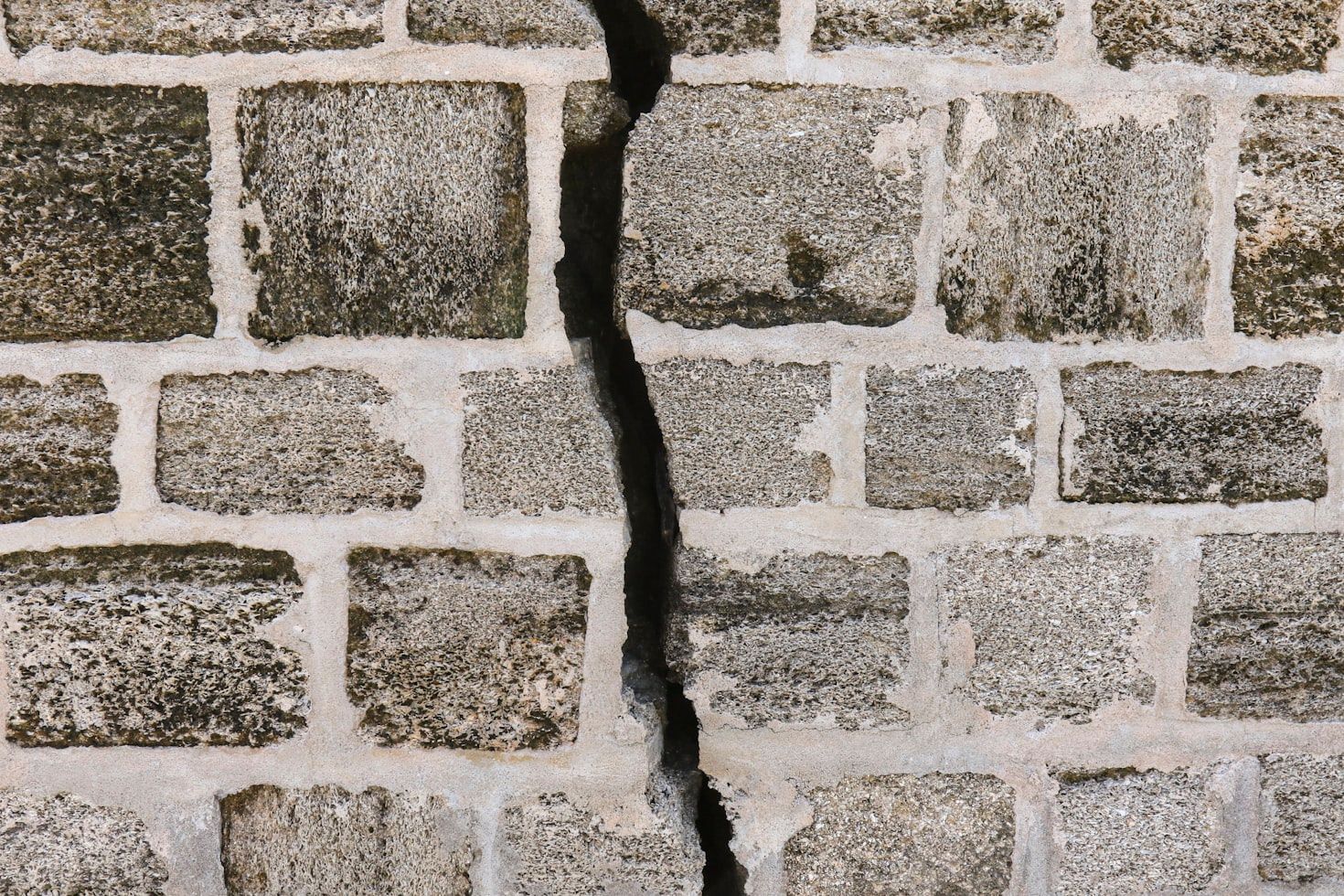 Credit: Mick Haupt
Credit: Mick Haupt
While most cracks are normal and largely harmless—you can often plaster and paint over them yourself—cracks wider than 1/8 inch may indicate foundation movement or structural issues, especially if the crack is visible both inside and outside your home. Location matters too—cracks in load-bearing walls are particularly concerning, so be sure to inspect your basement as well.
If left untreated, foundation problems can open a Pandora’s box of issues and may even lead to structural failure; therefore, it’s essential not to ignore them. Depending on where you live, it’s wise to hire a professional familiar with the area, as the type of soil beneath your foundation may require specialized solutions.
Leaky Roof
 Credit: Geetanjal Khanna
Credit: Geetanjal Khanna
Leaky roofs can result from damaged shingles, cracked flashing, or improperly installed gutters, but this is something you definitely don’t want to sleep on. Water intrusion is a home’s worst enemy. Not only does it cause unsightly stains, but it can also weaken the entire structure of the home over time.
To make matters worse, depending on the materials your house is made of, water damage can lead to electrical issues, loss of insulation, and problems like rot or mold. Regular roof inspections can help you tackle repairs in time, save money, and keep you and your family safe, especially if you live in an area prone to storms or strong winds.
Flickering Lights
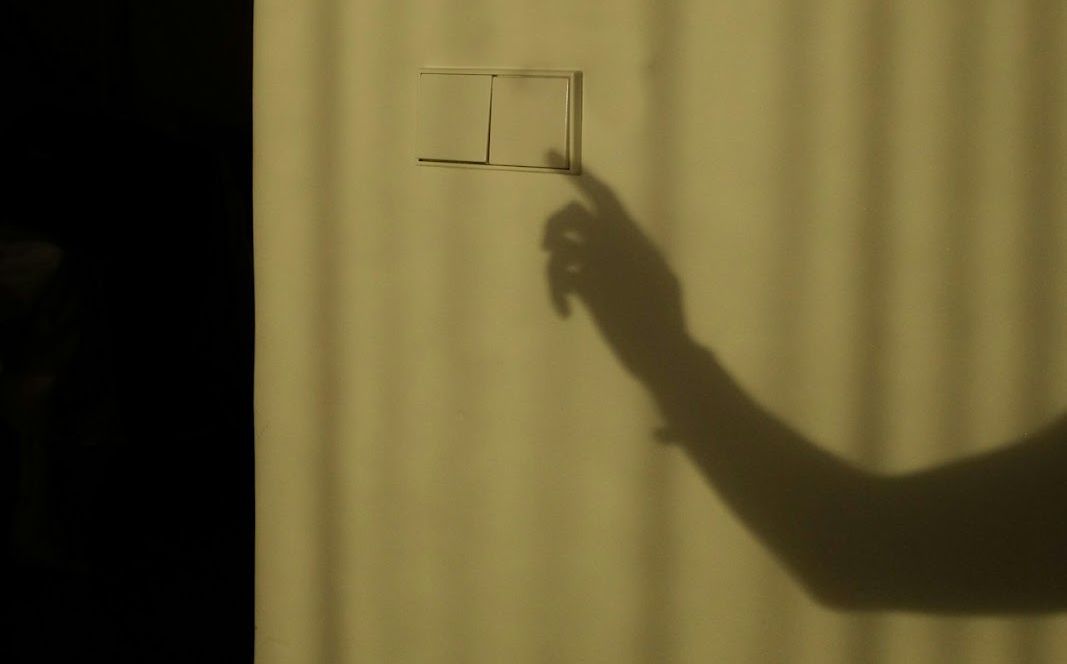 Credit: Steven Haddock
Credit: Steven Haddock
Unless a ghost is messing with you, flickering lights are often a symptom of more serious electrical problems, such as overloaded circuits or faulty wiring. On the bright side, loose connections at switches or light fixtures can also be the culprit—sometimes, it’s as simple as tightening a wire or replacing a worn-out component.
However, if the flickering happens frequently or in multiple rooms, don’t hesitate to call a licensed electrician. According to the Electrical Safety Foundation International (ESFI), faulty wiring is a leading cause of house fires, responsible for more than 51,000 fires each year in the U.S. alone.
Slow Drains
 Credit: Victoria Kure-Wu
Credit: Victoria Kure-Wu
Have you noticed that a drain isn’t working as fast as it used to? In most cases, slow drains are caused by hair, soap scum, or grease buildup, but they can also signal a more serious blockage in the main sewer line. Tree roots often infiltrate older pipes, particularly in homes with clay or cast iron plumbing, which can lead to costly repairs if not addressed early.
To unclog a slow drain—and determine whether a bigger fix might be needed—you can try a commercial drain cleaner (used with caution), or go the DIY route with a mixture of equal parts vinegar and baking soda. Pour it down the drain as it starts to fizz, let it sit for a couple of hours, then flush with hot water. Keep in mind that this method works best for minor clogs and surface buildup.
Sagging Floors
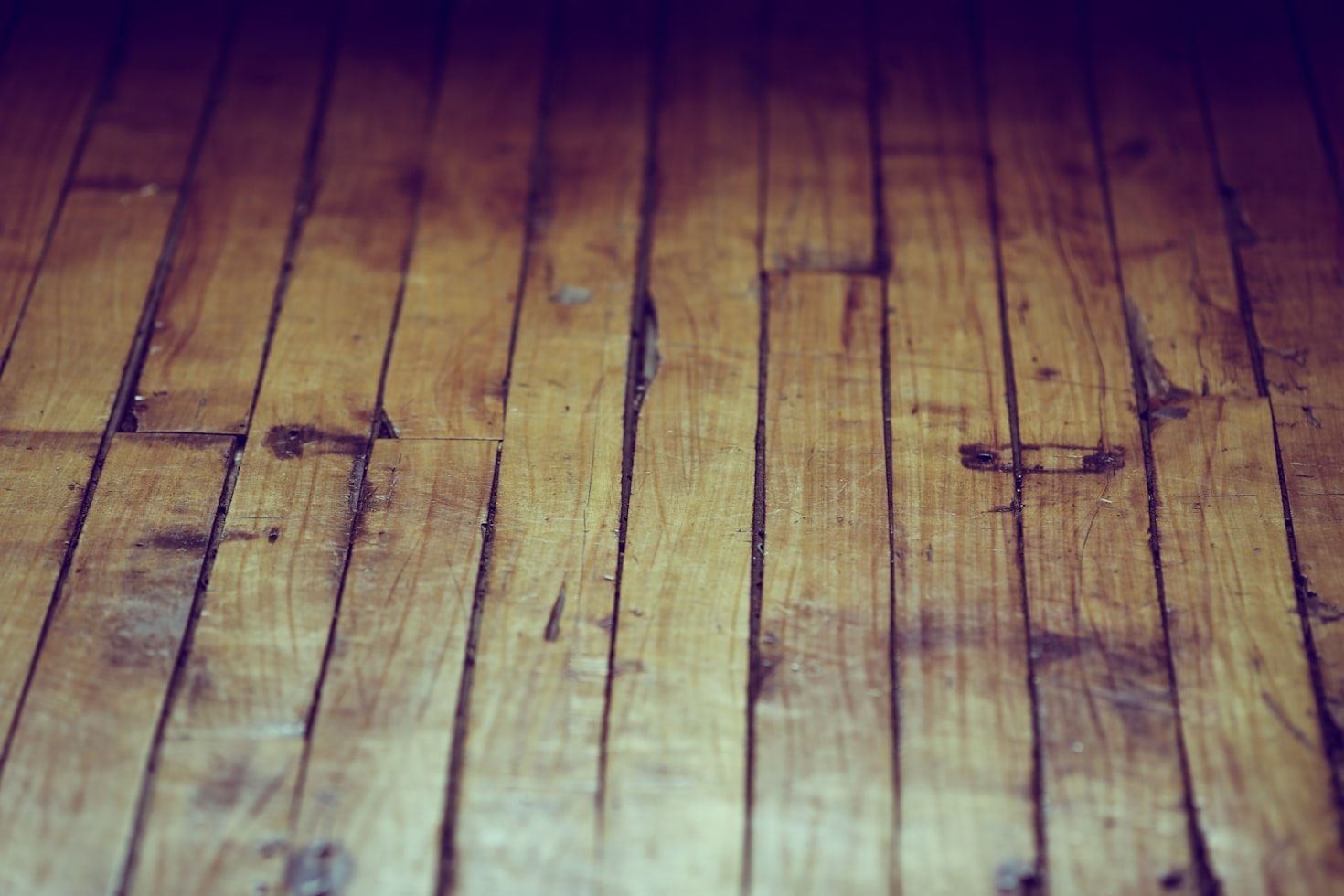 Credit: Francisco Galarza
Credit: Francisco Galarza
It should go without saying, but floors are just as important as roofs. Sagging or uneven floors often indicate problems with the home’s structural support system, such as rotting joists or a settling foundation. Causes range from moisture damage and termite infestation to poor construction practices.
Older homes may be especially vulnerable to these issues due to outdated building techniques or the effects of long-term wear and tear. The problem is that sagging or uneven floors can place additional stress on other structural elements, and even put your house at risk of collapsing.
Peeling Paint
 Credit: Michael Hamments
Credit: Michael Hamments
Paint that peels, blisters, or cracks is one of the most common telltale signs of moisture infiltration in your walls. A variety of issues can cause this, so don’t panic. Sometimes it’s just a hidden leak or a case of poor ventilation, and minor fixes can often resolve the issue.
That said, don’t ignore it—especially if it recurs or spreads. When moisture gets trapped behind paint, it can weaken the wall’s structure and promote the growth of mold and mildew, which may lead to serious health problems over time. Excess wall moisture can also reduce your home’s insulation efficiency.
High Energy Bills
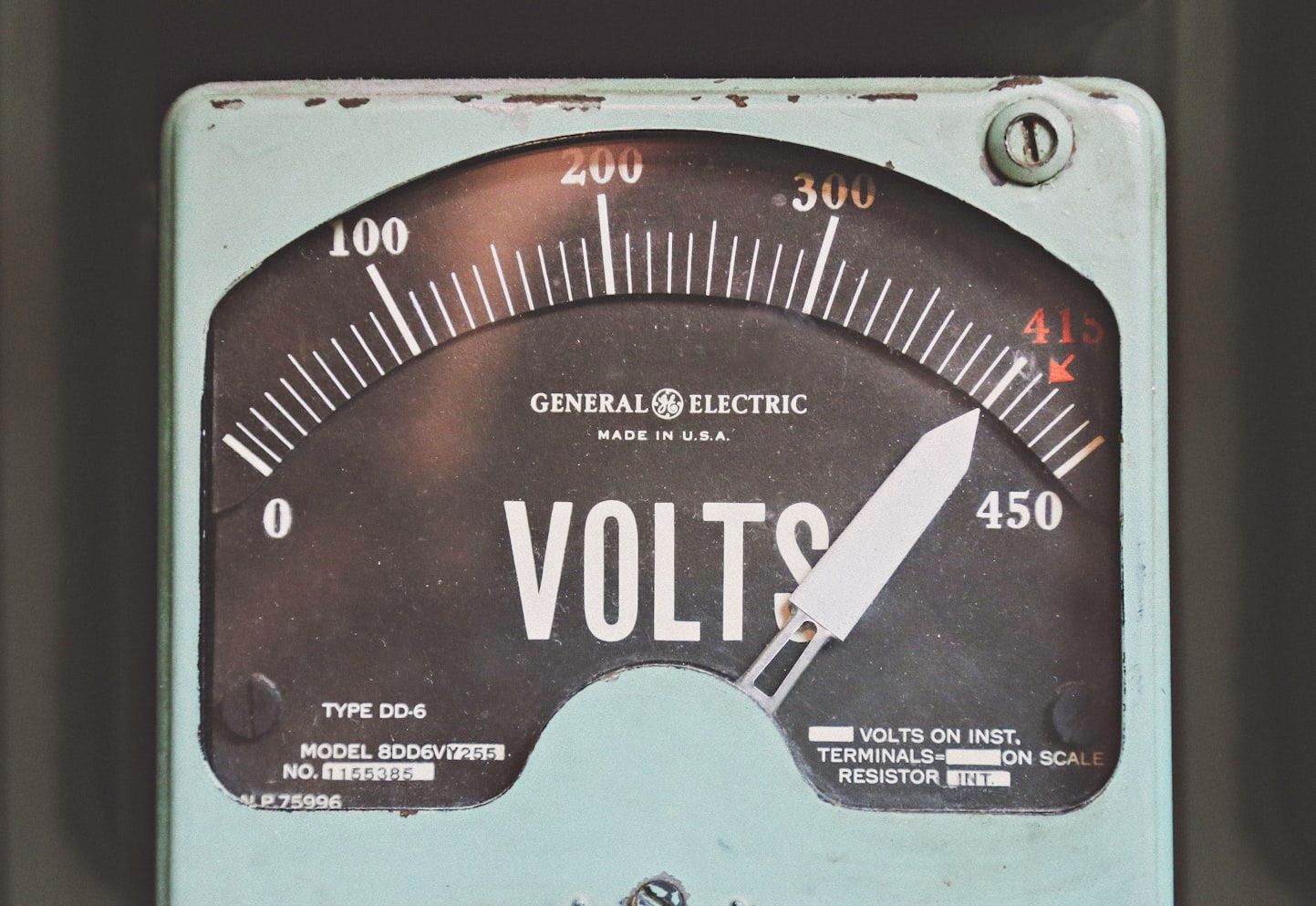 Credit: Thomas Kelley
Credit: Thomas Kelley
Has your energy bill spiked unexpectedly in recent months? If so, you might be dealing with an insulation problem. Damage from moisture, pests, or general wear and tear can all reduce your home’s insulation efficiency. However, before replacing all the insulation, it’s important to identify the source of the problem.
Common culprits include the attic, damaged walls, and gaps around windows and doors. An aging HVAC system may also contribute to inefficiency. Investing in better insulation might seem like an unnecessary expense, but consider this: without proper insulation, you’ll end up paying more in energy bills while still dealing with the discomfort of a poorly insulated home. According to the U.S. Department of Energy, proper insulation can reduce heating and cooling costs by up to 15%.
Pests Indoors
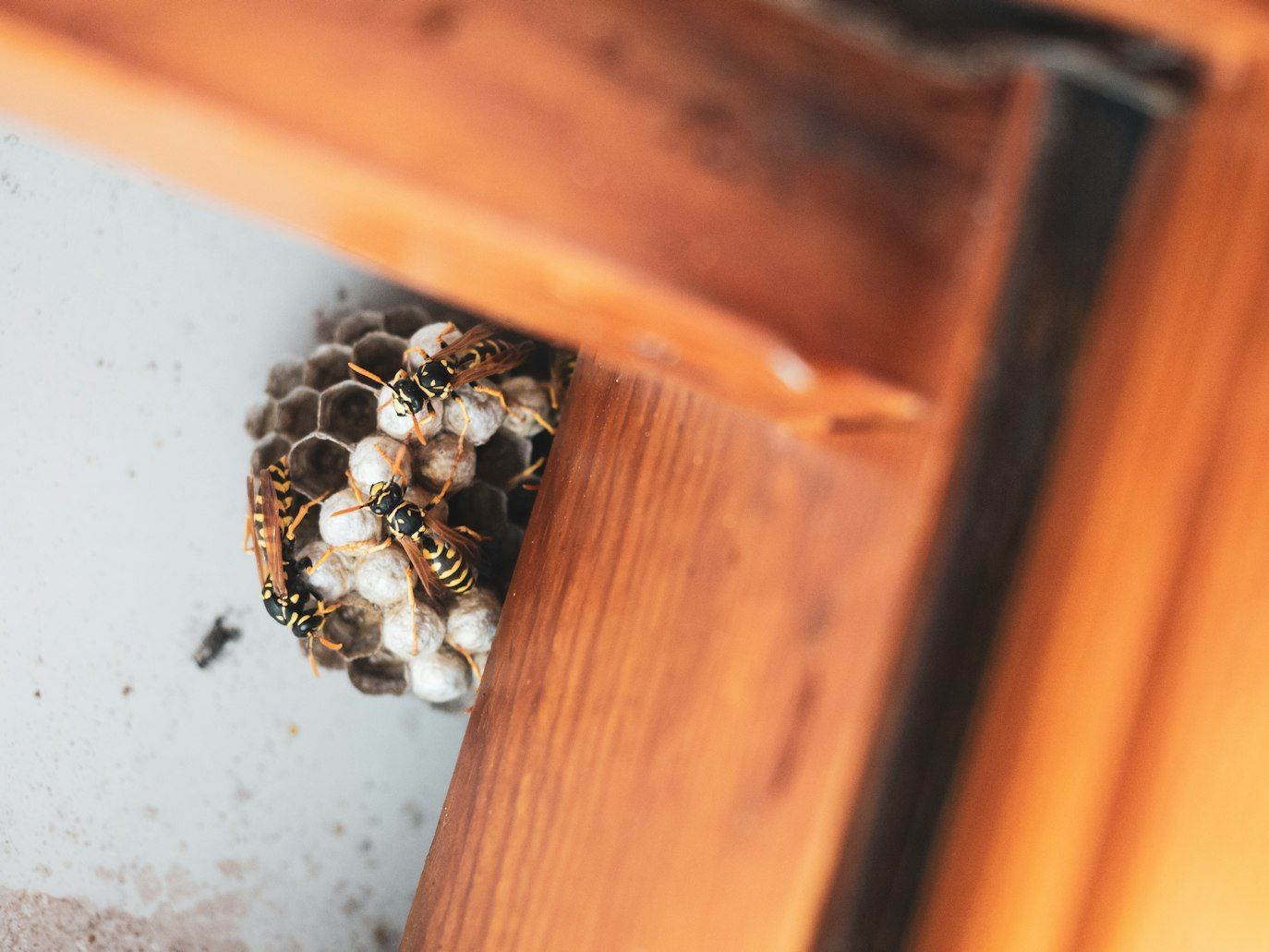 Credit: Ante Hamersmit
Credit: Ante Hamersmit
Rodents, termites, or ants in your home are more than just unwanted guests—they can cause serious damage. Mice and rats chew through wiring, increasing the risk of fire, while termites can silently destroy wooden structures. More often than not, their presence is a symptom of larger issues, such as cracks in foundations or unseen gaps around doors and windows.
Sealing these entry points and addressing the issue promptly is key to preventing larger infestations and costly structural damage. The National Pest Management Association estimates that termites alone cause over $5 billion in property damage each year.
Frequent Circuit Breaker Trips
 Credit: Troy Bridges
Credit: Troy Bridges
Circuit breakers are designed to protect your home from electrical overloads, which could otherwise lead to fires. If your breaker trips frequently, it may be a sign of outdated wiring, undersized circuits, or malfunctioning appliances. Older homes are particularly vulnerable, as their electrical systems weren’t built to support today’s energy demands.
Unless you're a certified electrician, avoid trying to fix the issue yourself—call a licensed professional instead. Electrical panels contain many hidden dangers, especially in homes with faulty or aging wiring. A poor installation can make things even worse. The last thing you want is to accidentally electrify your water pipes!
Water in the Basement
 Credit: Saara Sanamo
Credit: Saara Sanamo
Water in the basement is often a sign of poor drainage or foundation leaks. A properly graded yard and functioning gutters should direct water away from your home. Without these, water can seep into basements, causing mold growth, wood rot, and even foundation cracks over time.
According to the Federal Emergency Management Agency (FEMA), even an inch of water in a basement can cause over $25,000 in damage! Installing sump pumps or addressing drainage issues promptly can help prevent flooding and costly repairs down the line.

